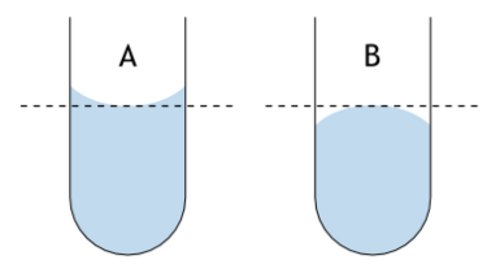Easy Peasy Hydrometer Testing
First a word. No serious rum afficianado should be without this inexpensive kit, as it will allow you to (a) easily test any of your spirits for the presence of hidden sugar alteration, and (b) to share your knowledge with the Master Sugar List (now up to 550 tests), and accordingly with the world. A decent home kit can be acquired for the price of a single bottle of rum (around $30 or less).
Second, the method is easy peasy and more than reasonably accurate. Depending on which hydrometers you purchase, your test will be within one-half to two grams of sugar – excellent! With not much practice, you can perform a decent test in about 5 or 10 minutes.
First Step, Buy Equipment:
Purchase either a simple, 4-piece hydrometer set (0-40, 40-70, 70-100%, about $7-$10) or MUCH better two higher precision hydro's (30-40, 40-50, about $15 total). After much experimentation and use, it's worth a few more bucks for MUCH more accuracy. The cheepo 4-piece set is harder to read, and I believe less accurate anyway – they will work though. But please – spend another $5 or $10 and get a serious hydrometer (still WAY less than professional hydro's at $60 plus).
. . . . . . .
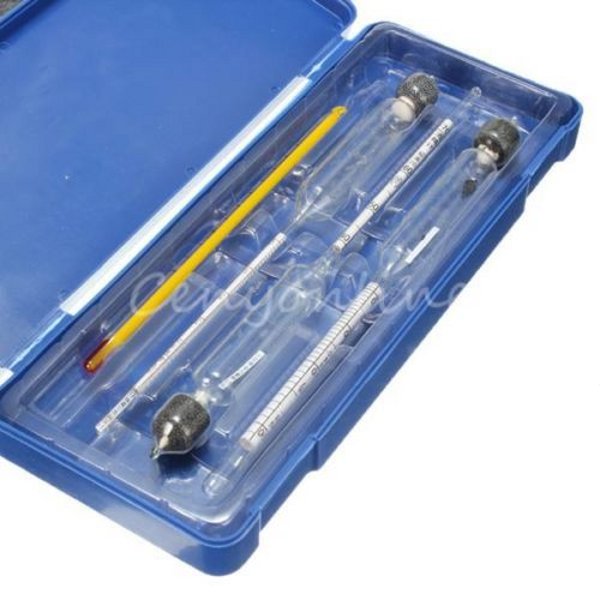
(El Cheepo, about $10, hard to read, works but why bother. Don't buy this kit, and not gonna link em.)
. . . . . . .
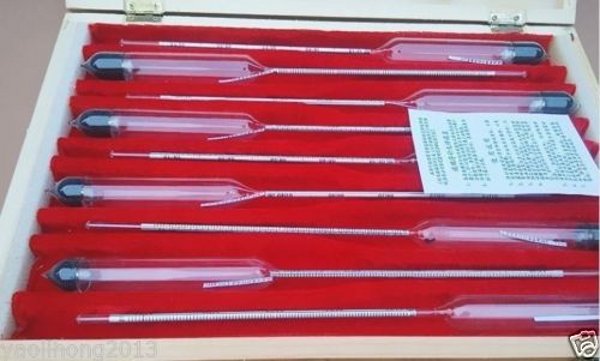
(Semi-precision, buy the two you need 30-40 and , 40-50, $14 for both, easy reading, more precise. Buy these)
http://www.ebay.com/itm/10PCS-High-prec ... 418794e2aa
. . . . . . .
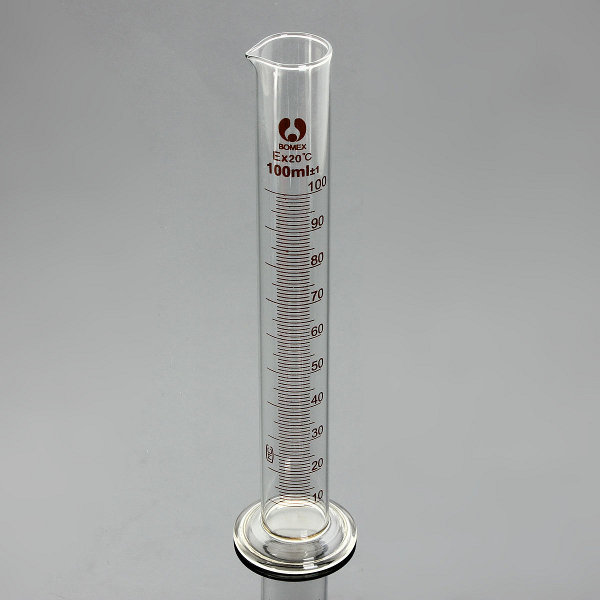
(you could buy a 50ml also, but really not needed, more later. Just $3)
http://www.ebay.com/itm/100ml-Professio ... 487b653474
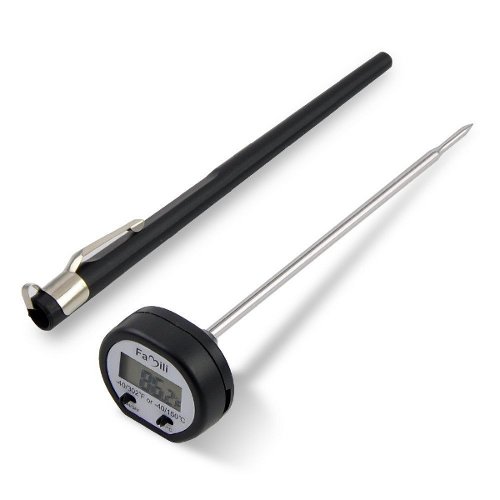 ...
...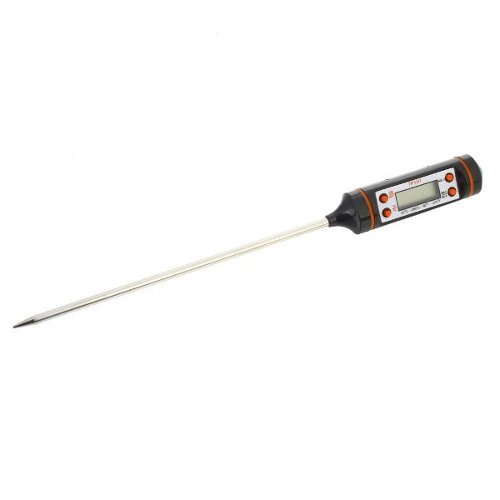
(...must have centrigrade, range starting from BELOW freezing - needed for calibration, long probe - 6 inches is good, 0.1 steps, accurate to 1 deg C, electronic, fast read, from $4 to $7 max. Check the specs on your digital if you already have one).
http://www.ebay.com/itm/Digital-Cooking ... 3aa8cf6d18
- Total Cost: a lousy $30 (prob. less)! You need this!
Purchase the basics - hydros (the good ones), cylinder, and thermo, as above. You may already have an acceptable digital, long probe, fast read thermo - I did. If you want to test overproofs (very few rums, and no real need) you could buy another hydro (60-70%).
Second Step (calibrate)
You need to calibrate your hydros (especially the cheepo set) and thermometer. Easy peasy, as follows:
Note: calibrate the thermometer FIRST (as you will need it to calibrate the hydro)
- Thermometer: best and most accurate (to 0.1 deg, using crushed ice) is also very simple. Fill a large measuring cup to the brim with crushed ice, and than add cold water. Allow it to stabilize (5 or 10 minutes), then turn on your electronic thermo, stick the probe into the middle, and note the reading. You should get “0” degrees C (you will be using Centigrade for all your tests). If you get say “0.5” degrees, this simply means you will subtract 0.5 from all your test readings. Simple, right!
Hydro: the easy way is to test a newish bottle of a Seales product, or a bottle of Bacardi Superior, both well tested and which contain no sugar. Fill your test cylinder about 2/3rd's full, wait 5 or 10 minutes for it to stabilize, check the temperature (probe well immersed in the middle – now you see why a long probe is good) – and record the temperature in deg C. You can now check at least two of your hydro's (0-40 and 40-70 for the cheepie set, or the MUCH better 30-40 and 40-50 of the semi-precision hydros). Note the readings for each (which should be close to 40%).
Be sure to calibrate both hydros. For the very few that want to test overproofs (over 60%) just write me for an easy method to calibrate, or just use your high proof hydro for fun.
Step Three, Testing your Rum:
Very simple. Your thermo and hydro's are all calibrated, and you know how to adjust their readings. Now to test a rum:
- 1. Since most of your rums have probably been in your liquor cabinet, or for some under their pillows, for awhile they are already pretty stabilized. Or you can do what I do, which is to pull out 3 or 5 rums that I intend to test, and set them on the kitchen counter for say half or an hour.
2. Choose one and fill the clean and dry test cylinder about 2/3rd's full. To minimize bubble, tilt the cylinder, and pour smoothly down the side (you'll see some bubbles). Let it sit 5 or 10 minutes to stabilize.
3. If you suspect sugaring, use the 30-40 (or 0-40) hydro, carefully insert it, and give it a good spin (this will throw off any bubbles). When it stops, take a reading and record it. See the simple reading tips below. Then insert your electronic thermo probe, wait just long enough to get a stable temperature, and record that.
4. Adjust your temp and hydro readings per your calibration. Now you can determine the sugar and this too, is peasy easy. It's a simple two step calculation.
- First, take your final corrected temperature and hydro readings, and go to this link:
https://www.copper-alembic.com/en/page/ ... tion-table
Most of the hydro's we use are calibrated to 20 deg C (68 deg F)". (If for any reason you have one of the very few hydro's calibrated to 60 deg F (which I doubt) contact me by email.) Simply enter your temperature and hydro readings - the link will correct your hydro reading to 20 deg C, which you can now look up on the chart for sugar content.
Just enter your numbers, press “calculate” and voila! You now have a final, temperature corrected alcohol percentage. Couldn't be any easier.
Second, simply consult Drejer's sugar spreadsheet chart:
http://rumproject.com/images/Drejerlookuptable.ods
...and you can look up the sugar content, as explained below.
But let's say your temp-corrected alcohol is LESS than the label alcohol, and your corrected alcohol is say 37%. Now the following may seem a bit testy, but trust me – you'll get it after just one or two tests. Here goes.
Example: If the label states the alcohol is 40%, your result is 37%
Find 40% on the far left side/column, then follow that row over to the right (across blank cells) until you reach “0”. That “zero column” will give you the sugar values for a rum labelled 40%. Now find your test, in this case 37% in the far left column, and follow it over to this “zero column”, and you will find the estimated “sugar” in your rum, in this case at 12 grams.
. . . . . . .
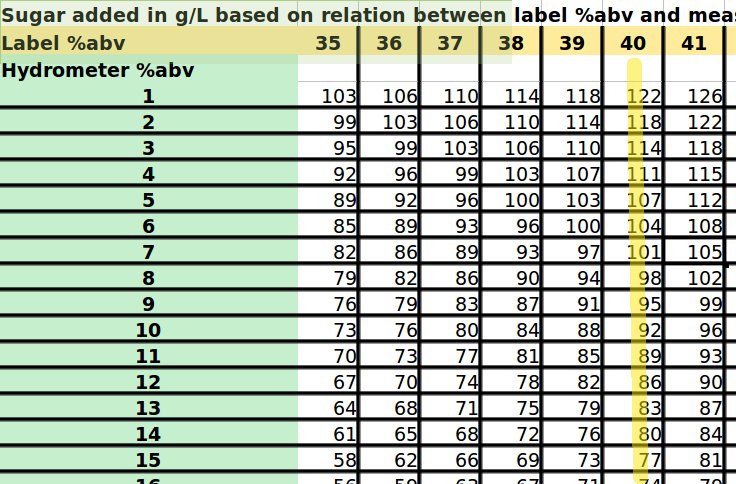
. . . . . . .
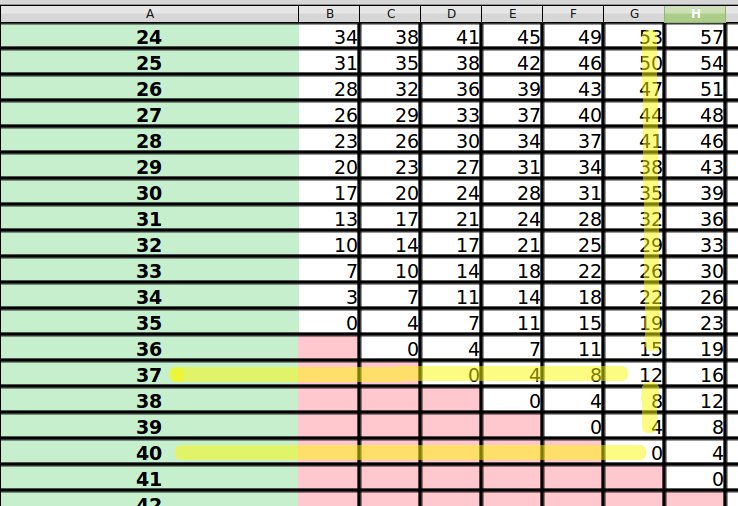
Here's another way:
Find the labeled percentage, in this case 40% in the top ROW. Now find your temp-corrected alcohol in the left COLUMN. Where the 40% (label) column and 37% (test) row meet is – bingo! Sugar as tested by you - in this case at 12 grams. Easy peasy. In beween percentages, eg 37.5%? Easy, just extrapolate, 37.5% would be 10 grams.
DON'T: GIVE UP HOPE! This is MUCH easier than it looks. After you do just a couple readings, you'll "get it", and find it easy. Don't hesitate to email me and I'll walk you through it. We can even set up a Skype connection. Please test rums - we'll post your results for the benefit of rum lovers everywhere.
*******
http://www.allfoodbusiness.com/calibrat ... meters.php (why freezing water is best)
The testing links you need (save 'em)...
Automated Temperature Correction
https://www.copper-alembic.com/en/page/ ... tion-table
Sugar Calculation Spreadsheet
http://rumproject.com/images/Drejerlookuptable.ods[b][/b]
Note: THIS is the spreadsheet you should use.
Update: Johnny Drejer's Combined Spreadsheet
http://rumproject.com/images/Hydrometer ... tor-1.xlsx
Note: this is a very complete but complicated spreadsheet, note tabs/links on bottom (page down), absolutely not recommended for beginners.
Note: Drejer's calculations are now claimed accurate to 0.1%;however the actual accuracy is still determined by the accuracy of your thermo and hydro, discussed in a separate article, this section.

